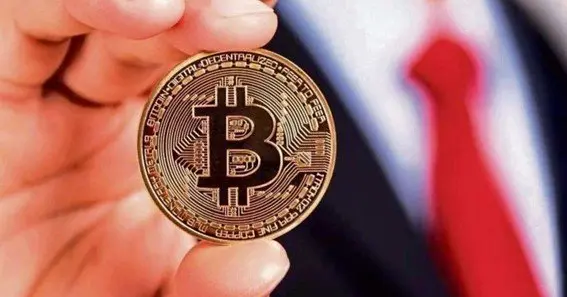The price of Bitcoin has fluctuated greatly since its inception. In 2017, alone, Bitcoin gained massively, starting the year at under $1,000 and hitting $19,000 at its peak, according to industry website CoinDesk. Since then, we have seen a steep decline in 2018 and stability in 2019. The value of Bitcoin and why significant markets still invest heavily in it is question non-believers often ponder. It is the purpose of this piece to address this question and help us understand the value of Bitcoin and other Cryptocurrencies. We are living in a time when modes of payment are changing within a short period of time.
Through the use of e-wallets like a Bitcoin wallet used to store Bitcoins and payment applications, methods for trading have multiplied, but in the case of commodities, a number of innovations can easily be counted at one’s fingertips. The value behind Bitcoin or any cryptocurrency is often not fully understood by the general public. The problem also comes from the fact that people do not understand how a FIAT currency works. Bitcoin and other cryptocurrencies have experienced a rise and fall in popularity, which has left many wonderings: Where does Bitcoin get its value?
What Is the Definition of Intrinsic Value?
As the name suggests, intrinsic value is the inherent value of a product. No other source is necessary to provide it with value. Sugar has an intrinsic value of sweetness. Commodities earn their value if they can be bought at a price people are willing to pay. Fiat currencies are accepted for goods and services today since we understand that in turn, the fiat currency can be re-exchanged for other goods and services.
Also Read : Advantages of Sharing a Rental House If You Are a Bachelor
In other words, certain currencies backed by precious metals such as gold and silver have intrinsic value.
Also Read : Big reasons why one must consider studying the C++ Programming course
Click here – Advantages of Sharing a Rental House If You Are a Bachelor
However, the majority of the world’s currencies are currently fiat currencies. For a commodity to be valuable, it must be exchangeable for a similar value. In order to be traded in the future, the commodity must also be able to store or hold this value. Furthermore, if the commodity in place is limited in supply, its value will increase over time as the demand increases.
How do you define Fiat Currency?
In other words, fiat money is currency that is issued by a government but is not backed by a physical commodity, such as gold or silver, though the government is the issuer. Its value is derived from the supply and demand relationship and the level of stability of the government issuing it. In short, demand and supply are determined by the participants in a network bringing a fiat currency into use. If I trade a $100 note for a mobile phone in a network, I am effectively exchanging $100 worth of value for the phone. Storekeepers take a $100 note and buy their meal or invest it to increase their wealth. Through the help of government-issued fiat money, the government establishes the exchange of value
Here is the Value!
In the same way as Fiat currency, Bitcoin (and most other digital currencies) are not backed by any gold or silver, so they have no intrinsic value. A currency’s value is determined by the state’s backing and the trust the people have in its government. Any money, then, needs to be trusted by the network, regardless of who (or what) backs it, in order to function as an exchange of value.
Read this interesting article – Big reasons why one must consider studying the C++ Programming course
To Know Some Great Stuff Do Visit hindiheadlinenews

